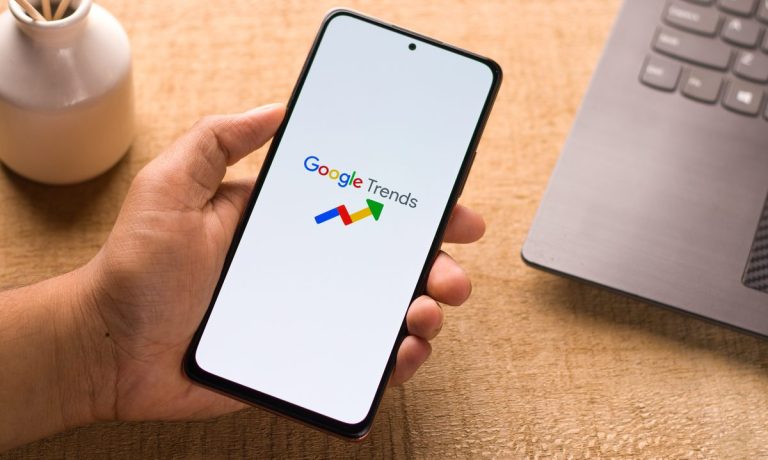
Though it’s not yet November, PAPER is already rolling out its list of trends that defined 2021, including freckle pens, cottagecore and low impact home workouts — a wide-ranging list that almost seems too insightful into how people have been living their lives.
That may be because the list was in part curated by Google using the tech company’s trends data, which constantly tracks the popularity of different search items. And using Google Shopping technology, consumers can make purchases directly from the digital 21of21 magazine.
“PAPER sits at the intersection of internet culture and pop culture,” Tom Florio, CEO of PAPER’s owner ENTtech Media Group, said in a statement. “And with this partnership we go straight to the data to find out what trend-lovers really crave.”
21of21 articles feature influencers and celebrities such as Jennifer Coolidge, Bella Poarch, Bretman Rock, BIA and Law Roach, with images and photography tagged with shopping links, allowing readers to jump on trends they may have missed in previous months.
Stephanie Horton, director of marketing at Google Shopping, noted that the company has “a unique ability to see when things start to trend,” both in search overall and shopping specifically.
“By teaming up with PAPER we are bringing these insights to life, creating a new shoppable experience that combines trends and culture into one inspirational magazine,” she said.
Other Initiatives
Google has been increasingly focused on expanding its retail and commerce functionalities in recent months, introducing a slew of new features to help brands and retailers connect more seamlessly with consumers. Chief Business Officer Philipp Schindler said earlier this week that the company has seen “explosive growth” in the segment over the last 20 or so months, and retail was “by far” the largest contributor to year-over-year ad revenue growth in the third quarter.
“Innovating in omnichannel and next-gen user experiences remains core to our shopping strategy,” Schindler told analysts on a conference call.
Related: Ad Spend, Connected Initiatives Elevate Alphabet/Google in Q3
Among the tools and features released this year are a new Retail Search product for brands looking to reduce search abandonment on their sites; annotations on Google Shopping results that indicate free shipping or returns are available; and using Google Lens image recognition technology in conjunction with Google’s Shopping Graph database to track approximately 24 billion listing from millions of merchants.
Read more: Google Shopping Revamp Expands Opportunities For Merchants to Turn Search Into Sales
And: Survey Results Prompt Google to Add Shipping, Return Labels to Search
And as people continue returning to some version of pre-pandemic life, Schindler said, consumers are using Google to figure out what stores near them are open, with searches for “open near me” up four times globally versus last year. As a result, Schindler said, some retailers have begun to include in-store sales alongside their eCommerce goals in order to stress the omnichannel nature of the business.
“Shopping habits have ebbed and flowed over the last 20 months,” he said. “But the underlying takeaway is that people want more choice, they want more information, more flexibility, and we don’t see this reversing.”
To be sure, Google is far from the only tech company looking to bolster its commerce chops. Facebook also made a point of highlighting its efforts when reporting its third quarter earnings earlier this week, and Twitter is preparing to launch in-app shopping through the new business profiles introduced last month.
See: Social Media Giants Keep Focus on Commerce Ahead of Holidays
Tapping Into YouTube
Schindler noted that Google still has “a lot more to come, including tapping into commerce on YouTube.” The company has already begun experimenting with shoppable livestreams in partnership with Sephora, Target and Walmart, and Schindler YouTube is “still in the early innings of what’s possible.”
YouTube currently has over 2 million creators making money and building businesses through its partner program, which has 10 different ways to monetize content, including advertising revenue, channel memberships, and a “merch shelf” that lets viewers buy branded merchandise on video pages.
According to Coresight Research, the U.S. livestream shopping market was worth about $6 billion last year and could reach $11 billion by the end of 2021; by 2023, it could surpass $25 billion.
Readers also liked: Shopstreaming On The Rise In US, But Remains Aimed At Female Shoppers
“We’re really encouraged by the long-term opportunity in commerce, and we’re laser-focused on helping businesses of all sizes connect with their customers wherever they are,” Schindler said.